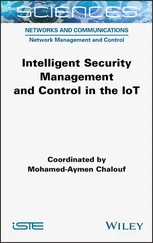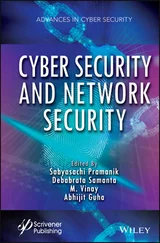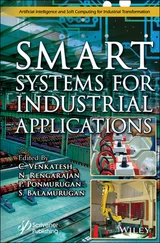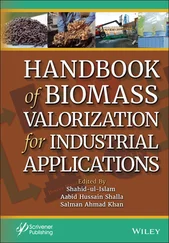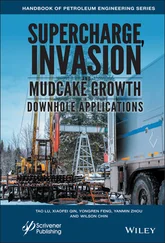1.3 Literature Review on SWMS
This section presents a literature review on SWMS. It is mainly divided into four subsections, namely Water Quality Parameters related to SWMS, SWMS in Agriculture, SWMS using Smart Grids, and Machine Learning (ML) Models in SWMS.
1.3.1 Water Quality Parameters Related to SWMS
When all other high-level services offered by smart cities are considered, SWMS gains the highest value. Research studies are particularly emerging in the drinking water management system for the welfare of the public and also in the field of agriculture. In [11], requirements for the smart water distributed system and water quality parameters such as technological, quality, quantity and topological parameters are discussed. A smart application is designed for the residents to get updates on water level and water quality using Raspberry Pi and MQTT protocol. Residents can use smart applications and can toggle the motors on and off accordingly. A turbidity sensor is used to determine the water purity.
In other countries like Pakistan [12], an IoT-based water management is focused on rural areas and urban areas according to the requirements. In rural areas, due to lower population, automation of IoT is deployed in the irrigation sector, whereas in urban areas, monitoring of water quality in real time is deployed as such areas have high population levels. Water-quality is monitored using the controller module, where the data collected in the cloud is analyzed and the action is performed if the quality falls below threshold value. Ubidots and Thingspeak are the cloud platforms which are used for data storage in the cloud. In rural areas, as cellular connectivity is limited to 2G, implementation of cellular-based connection is impossible. Therefore, an IoT system which can provide sustainable operation is deployed. With this technique, water theft and water distribution policy violation can be eliminated. An actuator-based water distribution system is remotely controlled without any user intervention, which will avoid conflicts over water distribution.
Multi-Intelligent Control System (MICS) can be designed in the IoT framework with the help of the entire monitoring process. It is made possible with the help of smart layers such as smart alerts, smart communication and smart water level. These layers assist in automation of the entire process involved in water management [13].
1.3.2 SWMS in Agriculture
A district which constitutes farms, processing and supply companies is termed as an Agro industrial district. In agriculture sectors, quality irrigation is possible using SWAMP (Smart Water Agricultural Management Platform) architecture. Among SWAMP, FIWARE is the most preferred open-source platform. The main component of FIWARE is Orion Context Broker (OCB) which manages and responds to the system with the information collected from the surrounding IoT system as shown in Figure 1.5[14].
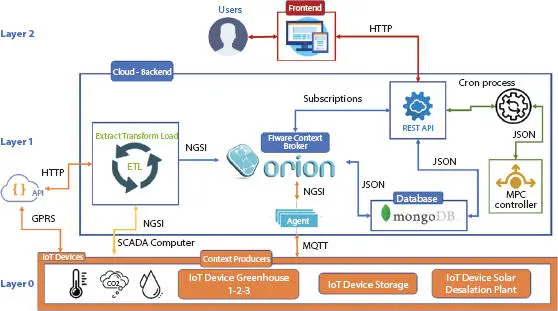
Figure 1.5 Working of OCB in agriculture.
Energy constraint is considered as one of the main drawbacks of IoT. To overcome this disadvantage, solar energy is utilized in Smart Agriculture. The main functionalities involved are sensing of temperature, checking the crops’ condition, detecting the movement of things in fields which are monitored through DHT 11 sensors, moisture sensors, and PIR sensors [15]. In agricultural sectors, sustainable productivity can be obtained through moisture analysis, water contamination level, and soil health analysis and water quantity level.
1.3.3 SWMS Using Smart Grids
In Singapore, the aim of the Public Utilities Board (PUB) is to supply fresh drinking water to the society throughout the day through the smart water grid system [16]. It is made possible to design smart grid water systems by using the sensors and advanced analytical tools. Smart water grid facilitates the decision support system along with real-time monitoring, which helps to manage the water supply network efficiently. A smart water grid system highlights the five important features of WSN, namely, asset management, water conservation, water quality management, automated water reading and leak management. The system is correlated with the network system and the customer’s end. Minimization of the leakage problem and efficient water quality can only be done with the help of enhanced asset management and leak preventive management. Real-time water consumption information can be extracted from the automated meter reading for helping the customer and to provide information regarding water conservation between them and company principles. The only theme is to embrace data analytics tools for developing a new technology to fulfill the requirements of water efficiency and customers of smart water grid systems.
Although IoT gives growth to our society in the advancement of technologies, the system faces an issue when there is a lack of energy. Therefore IoT gets connected to the smart grids to give better results. For any smart city, IoT and smart grids are undoubtedly the important features. These include practice of smart devices like advance meters, sensors and actuators through which the automation devices are used for controlling, monitoring. Emergencies in the power grid are rapidly increasing in the coming era of the energy sector. However, it can be proven that the combined IoT and smart grid system raises various types of network-based systems at power generation side and transmission level [17].
With such advanced technologies and their development, research based on cyber-attacks attracts more attention, since it involves interoperability and connectivity issues. In the coming era, almost all the private and government services will stretch out their focus on the smart grid as their energy sector consists of residential, commercial and industrial infrastructure developed based on IoT architecture and regulatory standards. However, our next-generation IoT technologies and their complications in the energy management system should be explored by the energy stakeholders. Hence, cost of energy required is minimized; utility peak gets minimized in all the sectors, as the new power plant is constructed, aimed as a support for a strong business platform with large opportunities [18].
1.3.4 Machine Learning Models in SWMS
Various literature surveys on SWMS have been summarized in Table 1.1[19-25]. Monitoring the water quality and classifying them according to the contamination level is performed through ML methods along with IoT. When the water is classified under impure category, the level of contamination has to be tested. In water parameters such as chloride, sulphate and alkalinity contents were analyzed. With the presence of these chemicals, water quality is predicted through neural networks [19]. Big data and Artificial Intelligence (AI)–based Support Vector Machine (SVM) play an important role in categorization of water. When drinking water is analyzed, an ML-based prediction method is implemented and also IoT sensors are deployed in video-surveillance for the classification of polluted water and clean water [20]. In 2020, an intelligent water management system has been designed and implemented through Thingspeak cloud platform, where the water leakage has been detected via Blynk application [21]. Also, water metering is attached through which the amount of water consumed can be measured in real time.
Table 1.1 Research on IoT-based SWMS.
| Research |
Purpose |
Device/method used |
Models |
| Water Contamination [19, 24] |
Water Contamination Assessments |
ML with Fast Fourier Transform |
SVM and Color Layout Descriptor |
| Water Quality Parameters [19, 25] |
Water Contamination and Quality Analysis |
Neural Network, ML-based classification, IoT devices |
SVM, IoT sensor models |
| Drinking Water [10, 22] |
Drinking Water Analysis |
ML-based prediction and classification |
Decision Tree, K-Nearest Neighbour, SVM |
| Water Level [21, 23] |
Water Level Detection |
IoT device |
Raspberry Pi |
| Water Meter [20] |
Water usage measurements |
IoT device, WSN |
Arduino and NodeMCU |
Читать дальше


